The urge to destroy is also a creative urge
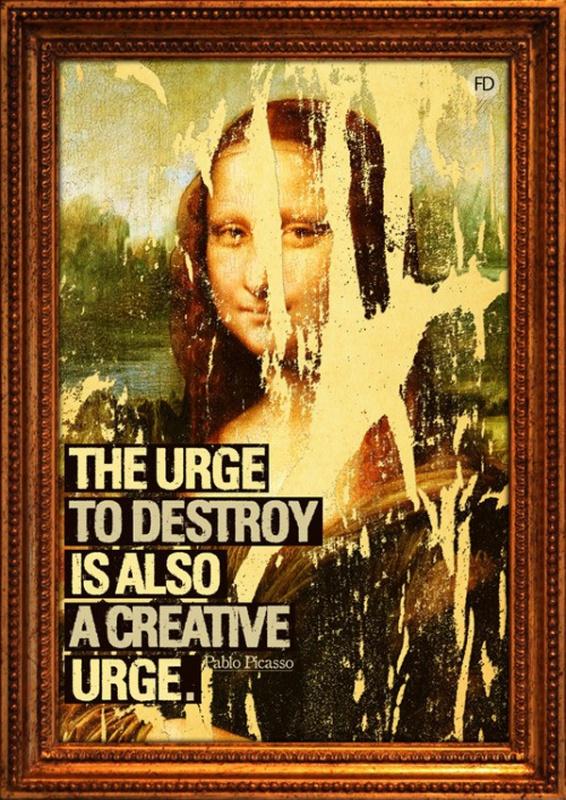
The urge to destroy is also a creative urge
Pablo Picasso, one of the most influential artists of the 20th century, famously said, "The urge to destroy is also a creative urge." This statement reflects Picasso's belief in the power of destruction as a necessary component of the creative process. Throughout his career, Picasso constantly pushed the boundaries of traditional artistic conventions, experimenting with new techniques and styles that often involved breaking down existing forms and structures.Picasso's willingness to destroy and deconstruct his own work was evident in his groundbreaking Cubist paintings, which revolutionized the art world in the early 20th century. In Cubism, Picasso and his collaborator Georges Braque fragmented and reassembled objects in a way that challenged the viewer's perception of reality. By breaking down familiar forms into geometric shapes and abstract patterns, Picasso was able to create a new visual language that emphasized the underlying structure of the world.
The destructive impulse in Picasso's work can also be seen in his series of "Guernica," a powerful anti-war painting that depicts the horrors of the Spanish Civil War. In this monumental work, Picasso used a combination of distorted figures and jagged lines to convey the chaos and destruction of war. By channeling his anger and frustration into his art, Picasso was able to create a powerful and emotionally charged work that continues to resonate with viewers to this day.
Picasso's belief in the creative power of destruction extended beyond his own work to his approach to art in general. He saw destruction as a necessary part of the artistic process, a way to break free from the constraints of tradition and convention. By embracing the urge to destroy, Picasso was able to continually reinvent himself as an artist, pushing the boundaries of what was possible in art.

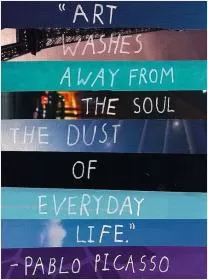

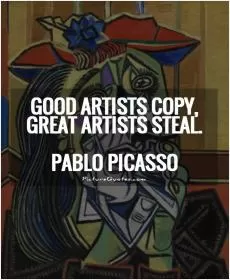
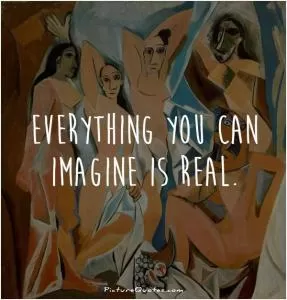
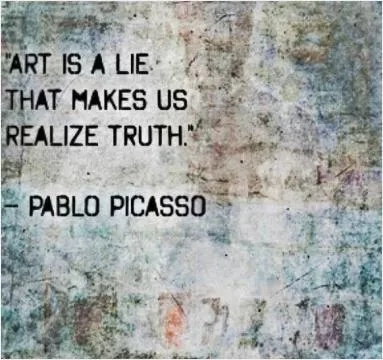
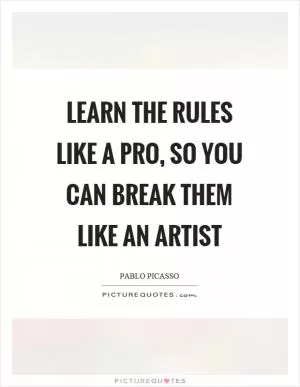

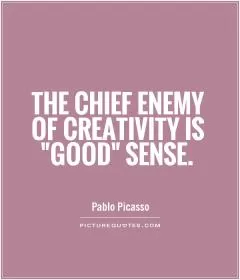

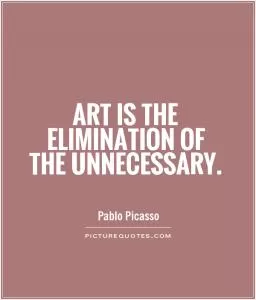

 Friendship Quotes
Friendship Quotes Love Quotes
Love Quotes Life Quotes
Life Quotes Funny Quotes
Funny Quotes Motivational Quotes
Motivational Quotes Inspirational Quotes
Inspirational Quotes